
Type of Actuation: 3 (3 Position Closed Center), Manifold Type: 40 (Base Mounted Non Plug-in Single/Stacking Base, Plug-in Stacking Base), Pilot: R (External Pilot), Specifications: Standard, Voltage: 5 (24VDC), Electrical Entry: L (L Plug Connector w/Lead Wire 0.3m), Lead Wire Length: None, Surge Suppressor: U (Surge Suppressor w/Light Non-polar)
Type of Actuation: 4 (3 Position Exhaust Center), Manifold Type: 40 (Base Mounted Non Plug-in Single/Stacking Base, Plug-in Stacking Base), Pilot: Internal Pilot, Specifications: Standard, Voltage: 5 (24VDC), Electrical Entry: L (L Plug Connector w/Lead Wire 0.3m), Lead Wire Length: None, Surge Suppressor: U (Surge Suppressor w/Light Non-polar)
Type of Actuation: 1 (2 Position Single), Manifold Type: 40 (Base Mounted Non Plug-in Single/Stacking Base, Plug-in Stacking Base), Pilot: Internal Pilot, Specifications: Standard, Voltage: 5 (24VDC), Electrical Entry: L (L Plug Connector w/Lead Wire 0.3m), Lead Wire Length: None, Surge Suppressor: U (Surge Suppressor w/Light Non-polar)
Type of Actuation: 3 (3 Position Closed Center), Manifold Type: 40 (Base Mounted), Pilot: Internal Pilot, Specifications: Standard, Voltage: 5 (24VDC), Electrical Entry: L (L Plug Connector w/Lead Wire 0.3m), Lead Wire Length: None, Surge Suppressor: U (Surge Suppressor w/Light Non-polar)
Type of Actuation: 2 (2 Position Double), Manifold Type: 40 (Base Mounted), Pilot: Internal Pilot, Specifications: Standard, Voltage: 5 (24VDC), Electrical Entry: L (L Plug Connector w/Lead Wire 0.3m), Lead Wire Length: None, Surge Suppressor: U (Surge Suppressor w/Light Non-polar)
R T (mm) (mm) Rod end male thread Applicable bore size V W X U R S T Q Part no.
+ Stroke) Q + Stroke CY1F 4 x MM thread depth ML (LL) LA 6 x YA recessed area Note 2) XAH7 PA Adjustment bolt Max. approx.
Load Blocking Xb,Xc,Xd zb A za CY3B CY3R Wb X Z CY1S CY1S Wc yc yd CY1L Wa Wd CY1H Y zc,zd Y CY1F CYP Mass and center of gravity of the load Calculation for Overall Center of Gravity Center of gravity mt = mn q Load no.
Disassembly 1) After loosening the screw q, then if the housing r is pulled in the direction of the screw, the connector will be removed from the body of equipment (solenoid, etc.). 2) Pull out the screw q, then remove the gasket or . 3) On the bottom part of the terminal block e, theres a cut-off part (indication of an arrow) .
Fixing method for protective covers WRF100-T200 WRF100-S200 WRF100-T240 WRF100-S240 WRF100-T270 WRF-C200 WRF-C240 w WRF-C270 Tightening torque for cover mounting bolts Location Tightening torque (N.m) t r e r y 3.0 to 4.0 5.0 to 7.0
Nozzle 494 RoHS Desktop Duster Box ZVB Series IZS How to Order IZN A S B ZVB 20 IZF ZVB ZVB q w e r t IZD IZE Nil None Note 1) S With photoelectric sensor Note 2) r AC adapter q Size w Additional air blow B With additional air blow e Photoelectric sensor Note 1) It is necessary to connect an external switch to the external input terminal on the back side of the product.
.-230 Ryan Way, South San Francisco, CA 94080-6370-Main Office: (650) 588-9200-Outside Local Area: (800) 258-9200-www.stevenengineering.com CRA1 CRQ2 MSQ MRQ D20Component Parts No. q w e r t y u i o !0 !1 !2 !3 !4 !5 !6 !7 !8 !
Working principle A + A' A' q When the piston is retracting, exhaust is discharged from both A and A' until piston seal H passes the air passage A. After piston seal H has passed the air passage A, exhaust is discharged only from A'. The section marked with diagonal lines becomes a cushion chamber, and a cushioning effect is achieved.
4 @1 u q !3 !2 @6 t @4 w @8 r !1 @5 @3 @2 e !6 CL A CL1 MLGC CNG A MNB C Courtesy of Steven Engineering, Inc.-230 Ryan Way, South San Francisco, CA 94080-6370-Main Office: (650) 588-9200-Outside Local Area: (800) 258-9200-www.stevenengineering.com B CNA M(D)LUB25 CNS y CLS !9 i o !5 @0 CLQ Extension locking w q MLGP Section A-A' !
Red flashes if the CPU is abnormal. q w e r t y u Green lights up when emitters require cleaning.
Port size q Seal order no. r Seal order no. t Seal order no.
q r r w w (y) e (y) t e t Component Parts No.
When the inlet pressure is shut off and released, the check valve w opens and the pressure in the diaphragm chamber q is released to the inlet side (Figure 2). This lowers the pressure in the diaphragm chamber q and the force generated by the pressure regulator spring e pushes down the diaphragm.
When the inlet pressure is shut off and released, the check valve w opens and the pressure in the diaphragm chamber q is released to the inlet side (Figure 2). This lowers the pressure in the diaphragm chamber q and the force generated by the pressure regulator spring e pushes down the diaphragm.
When the inlet pressure is shut off and released, the check valve w opens and the pressure in the diaphragm chamber q is released to the inlet side (Figure 2). This lowers the pressure in the diaphragm chamber q and the force generated by the pressure regulator spring e pushes down the diaphragm.
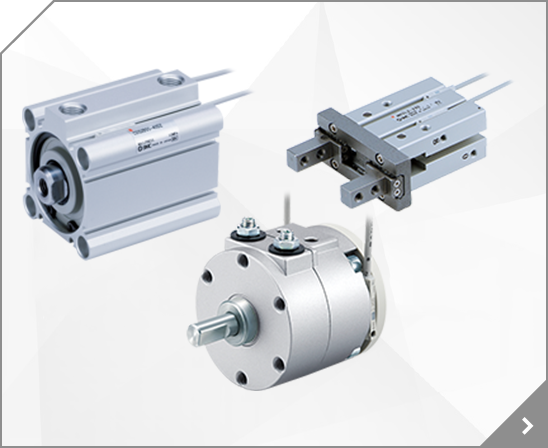
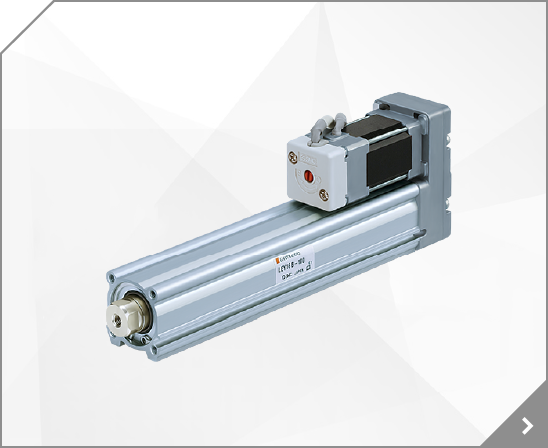
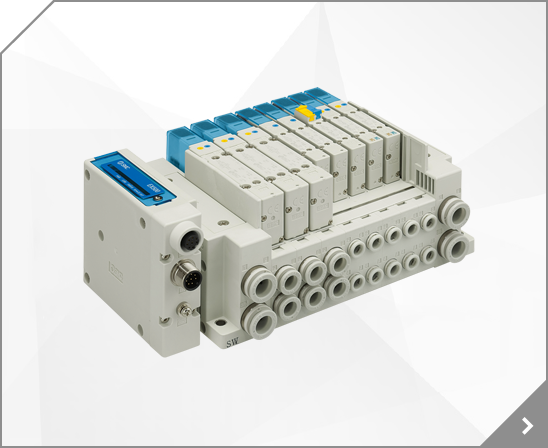
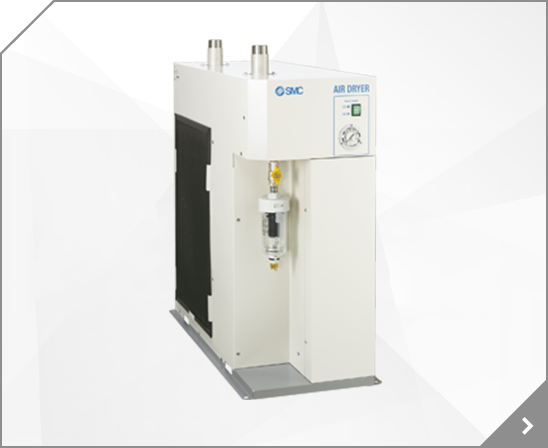
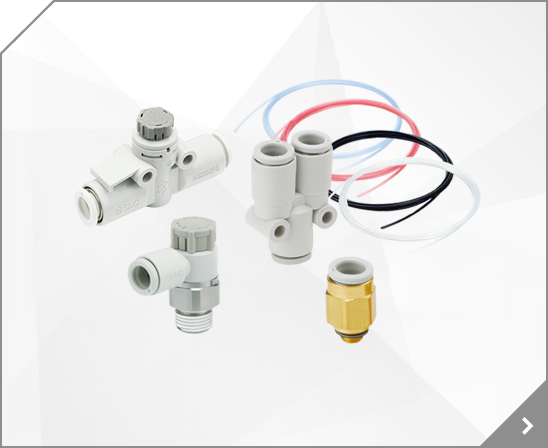
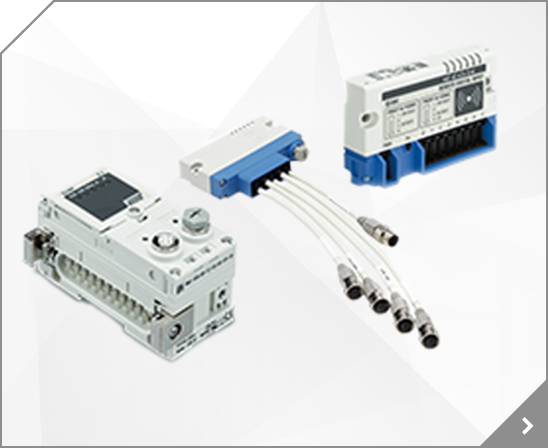
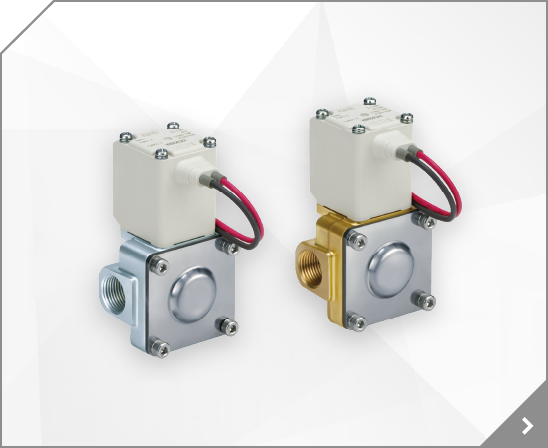
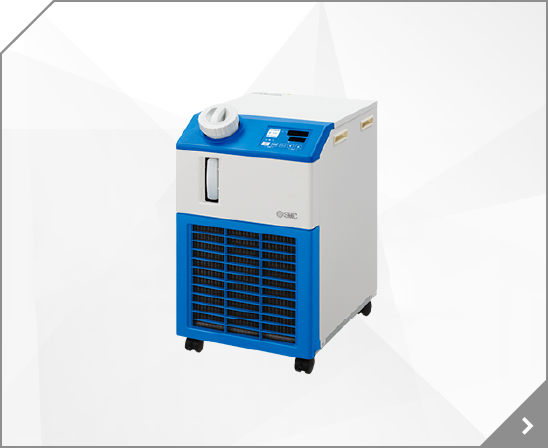
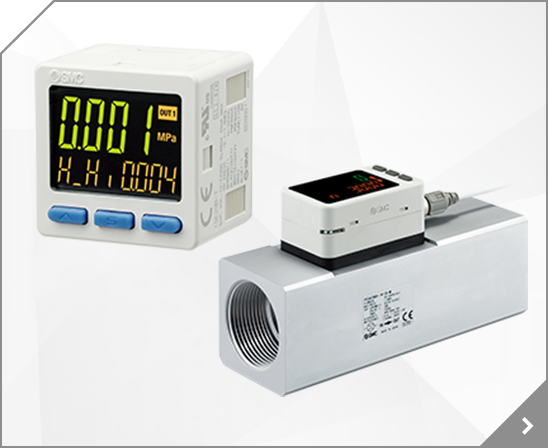
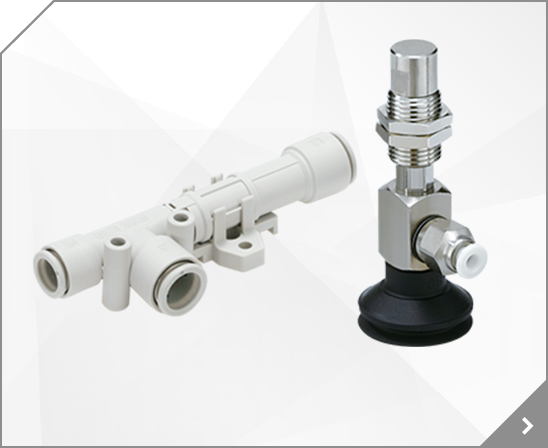

 SMC Pneumatic Clean Series
SMC Pneumatic Clean Series